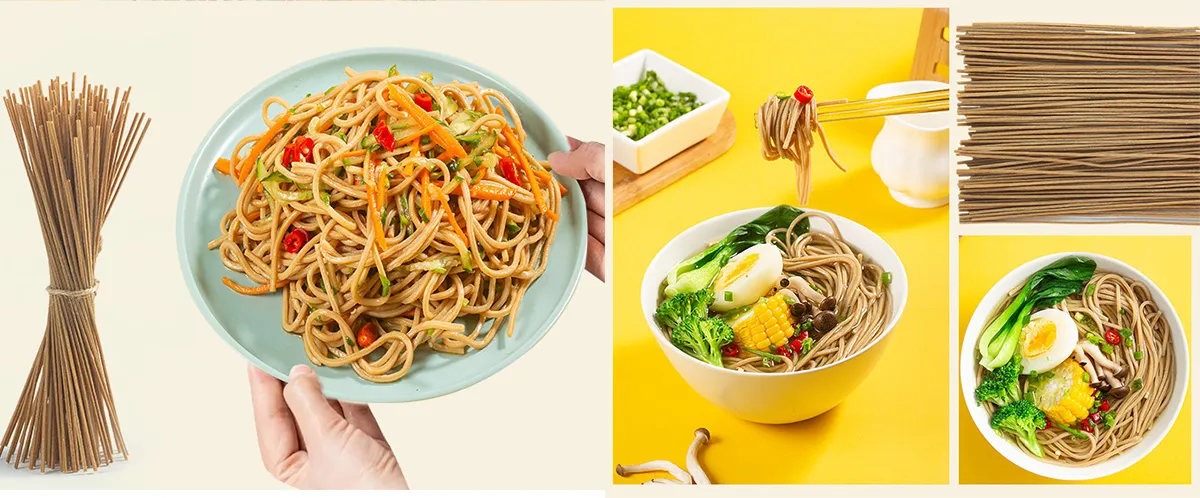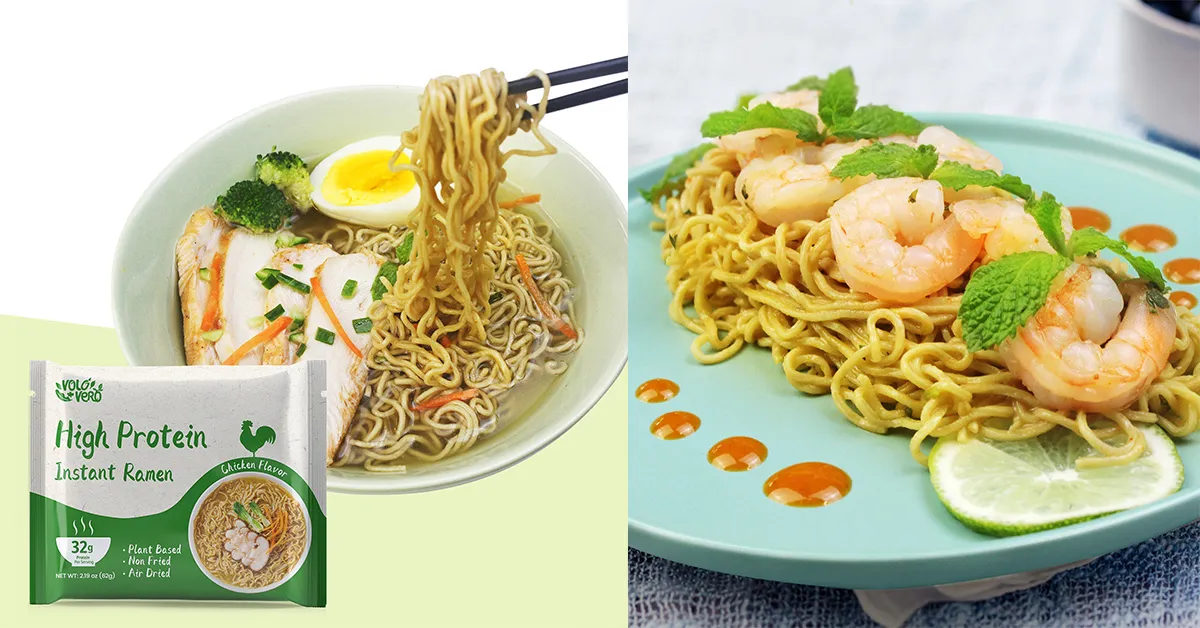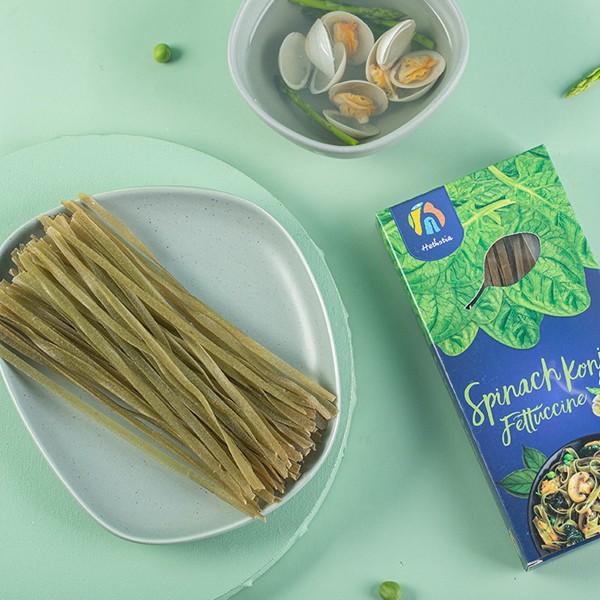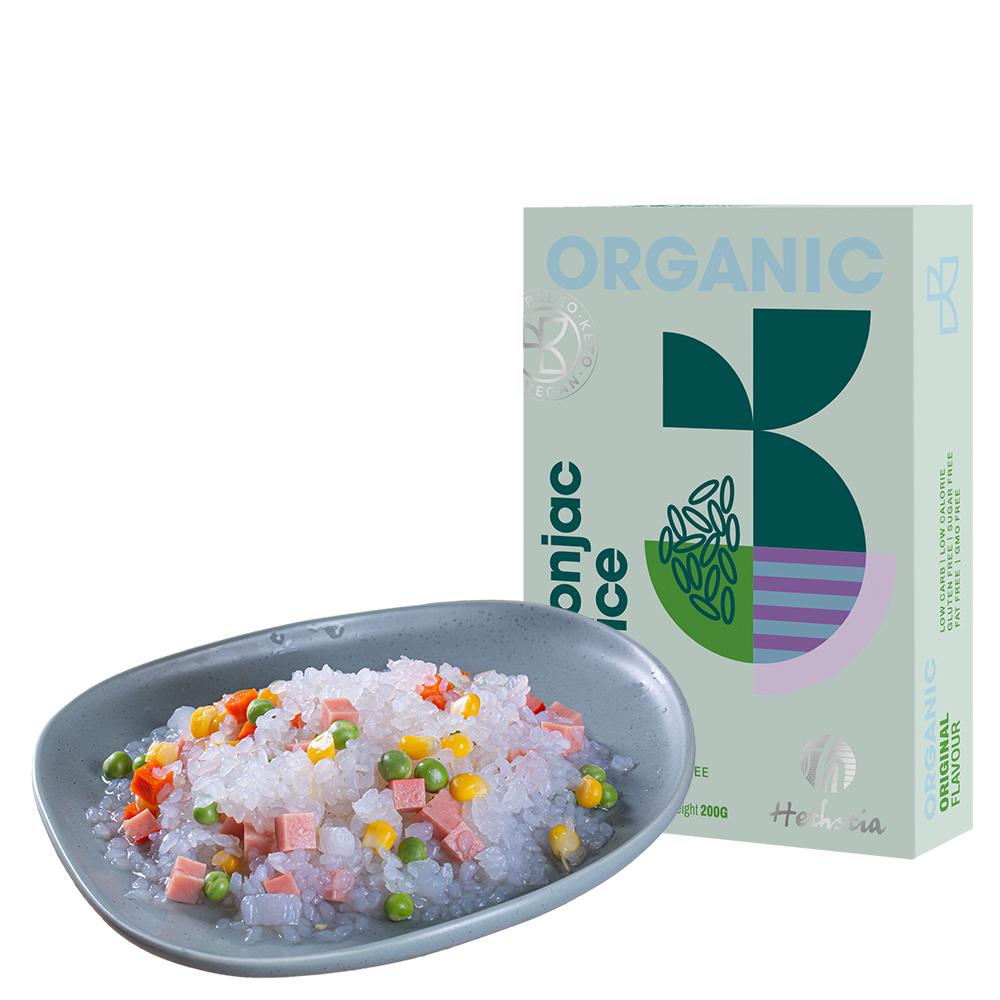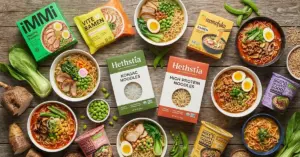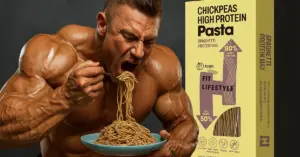High protein pasta is growing rapidly as a staple food innovation as people become more health-conscious and demand for functional foods grows.
1. Feedstock technology breakthroughs drive innovation
Traditional wheat pasta still dominates the market (~90%+), but high protein alternatives are growing significantly in the health food segment.
Traditional wheat flour is boosted to 20-35g/100g of protein by the addition of ingredients such as whey protein, soy isolate protein, pea protein or chickpea protein, with some products using 100% plant protein ingredients reaching up to 40g/100g of protein.
The sophisticated application of extrusion molding technology enables high protein pasta to lock in the protein molecular structure while maintaining an elastic texture.

2. Nutritional Health Value System
Clinical studies have shown that sustained intake of high protein pasta enhances the postprandial thermic effect by up to 15-20% and extends the duration of satiety by 2-3 hours.
Its slow-release protein properties resulted in a 35% reduction in blood glucose fluctuations and a smoother insulin secretion profile. Intervention experiments with sarcopenia groups have shown that a daily intake of pasta with 30g of plant protein increased muscle synthesis rate by 22% after 6 weeks.
The innovative formula enhances the anti-inflammatory effect by adding curcumin (0.5-1mg/g), which creates a synergistic effect with protein and reduces the post-exercise muscle soreness index by 40%.
The introduction of prebiotic fibers (inulin, resistant dextrin) in some products increases protein absorption by 18%, while improving the diversity of intestinal flora.
Formulation developed for people with metabolic syndrome enhances insulin sensitivity through the addition of chromium (50μg/serving), and clinical trials have shown a 12% reduction in fasting blood glucose.
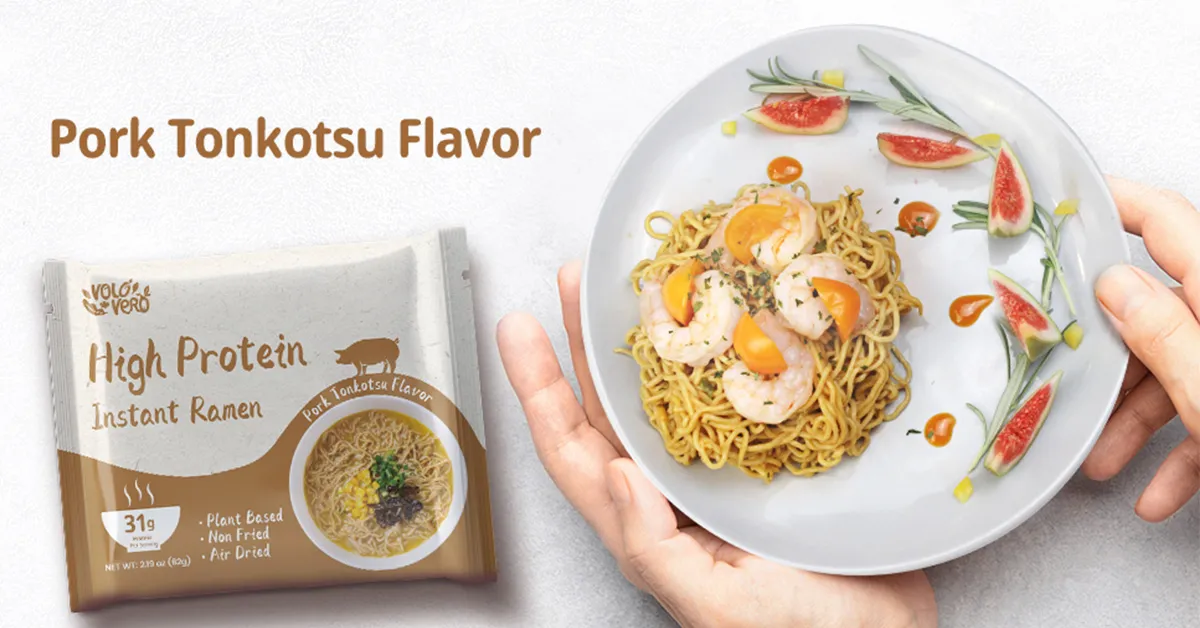
3. Types of high protein pasta, raw materials and percentage of protein content
3.1 High Protein Cricket Pasta
Raw material: cricket protein powder, hard grain wheat.
Protein content: more than 15g per serving, about 20-25% of total weight.
3.2 Whole bean vermicelli pasta
Raw materials: whole soybean meal, flour, xanthan gum, carrageenan gum, salt.
Protein content: 40-60% of full-fat soybean flour, total protein content of about 20-30% of the total weight.
3.3 Chickpea buckwheat noodles
Raw materials: chickpea flour, buckwheat flour.
Protein content: chickpea flour provides high protein, total protein content of about 15-20% of the total weight.
3.4 Rye buckwheat high protein pasta
Raw materials: rye flour, buckwheat flour.
Protein content: buckwheat flour provides high protein, total protein content of about 10-15% of the total weight.
3.5 Pea millet instant noodles
Raw material: Pea protein powder, millet flour.
Protein content: Pea protein powder provides high protein, with a total protein content of about 15-20% of the total weight.
3.6 Nissin PRO High Protein Low Sugar Cup Pasta
Raw material: Wheat flour, vegetable protein, chicken extract, pork extract, collagen, etc.
3.7 Gluten Free High Protein Spiral Pasta
Raw materials: lupini flour, fava bean protein, tapioca starch.
3.8 Hethstia High Protein Pasta
Raw materials: activated wheat gluten, pea protein, wheat flour, buckwheat flour, pea fiber powder, glutinous rice flour, mulberry leaf, konjac flour, xanthan gum, sodium carbonate.
Protein content: Pea protein powder and buckwheat flour provide high protein, with a total protein content of about 52% of the total weight.

4. Suitable people for high protein pasta
4.1 Fitness and sports people
High protein noodles are suitable for fitness enthusiasts and athletes as a pre- and post-workout supplement to aid muscle growth and recovery.
4.2 Fat Loss and Weight Loss Population
High protein noodles are suitable for fat-loss people as a low-calorie, high-protein staple food replacement due to its satiety and thermic effect. Its low carbohydrate and high protein content helps prolong satiety and reduce overall calorie intake.
4.3 Healthy Lunch for Busy Workers
High-protein noodles can be used as a healthy lunch option for the office. Convenient, ready-to-eat, great taste and quick energy boost.
4.4 Vegetarian Nutritional Supplement
High-protein noodles are especially suitable for vegetarians, providing enough protein through plant proteins such as soy, peas, and chickpeas.
4.5 Home Healthy Meals
High-protein noodles can be used as a healthy family meal option, providing balanced nutrition for the whole family to enjoy.
